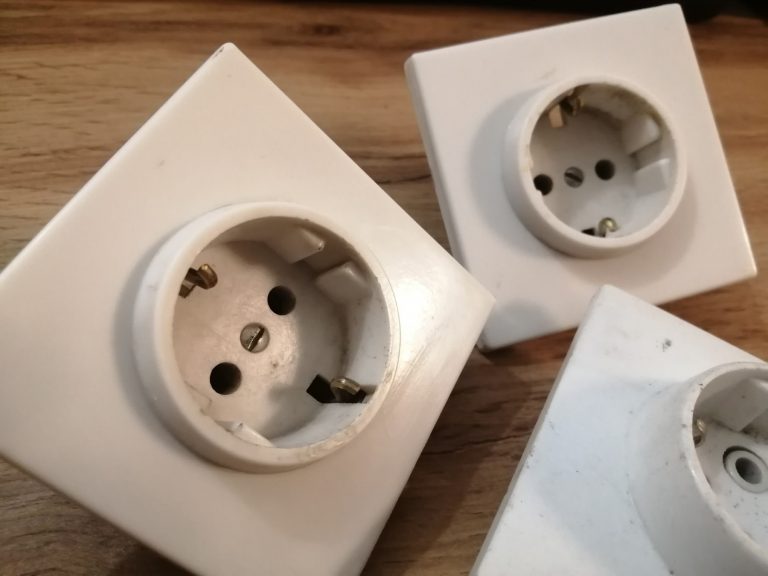Why is it necessary to hire an electrician to remove the outlet?
Unused or faulty sockets should always be removed for safety. Often laymen think they can do the plug removal themselves. But be careful: even with faulty sockets there is still a risk of electric shock. Under certain circumstances, this can even be life-threatening. In addition, lay people are not allowed to work on electrical lines that are connected to the electrical network. That”s why you need to hire an electrician. The professional adheres to the prescribed safety regulations and also performs his work professionally.
What should you pay attention to when removing the socket?
It is very important that the electrical lines being worked on do not have any current. For this purpose, at least the fuse should be off. When removing the socket, the lower part must also be removed. Otherwise, the cover cannot be attached properly. Next, it is important to ensure that the cables are properly insulated. In addition, the relevant regulations must be observed. For example, in wet rooms or outdoors there are additional safety measures that must be taken.
What are the benefits of professional socket removal?
A professional is desirable not only because of his expertise and fast and safe work. A professional is also a service provider who does a visually appealing job to fully satisfy his customers. By using special materials, such as a recessed socket, defects such as the socket cover can be hidden from view.
What preparations should be made before removing the socket?
 Removing the socket Hardly any preparation needs to be done when removing the socket. It is only important that there is no electricity on the line to be worked on. So don”t forget to turn off the power. Now the socket including the lower part has been removed and the preparations for removing the socket have already been completed.
Removing the socket Hardly any preparation needs to be done when removing the socket. It is only important that there is no electricity on the line to be worked on. So don”t forget to turn off the power. Now the socket including the lower part has been removed and the preparations for removing the socket have already been completed.
What material is needed to remove the socket?
The following material is required to remove the socket: insulating tape, gloss spray and a matching cover. The fitting is usually done using a plastic cover, which is available at any common electrical supply store. You also need a voltage tester and a suitable screwdriver.




